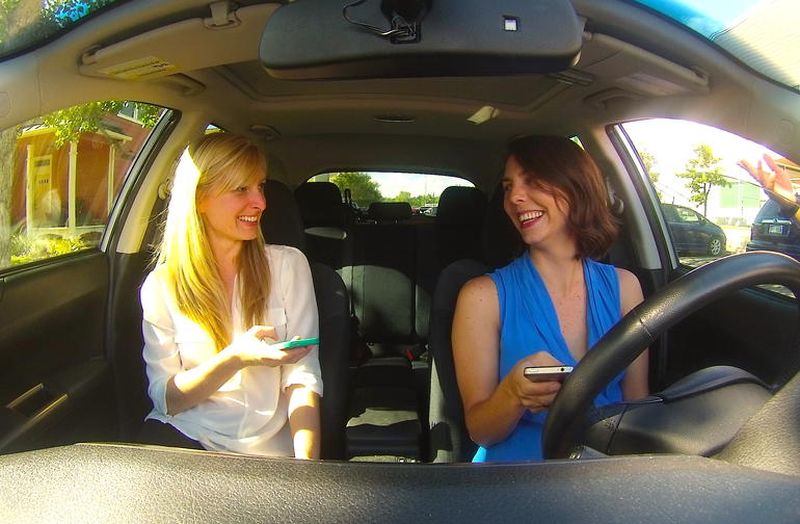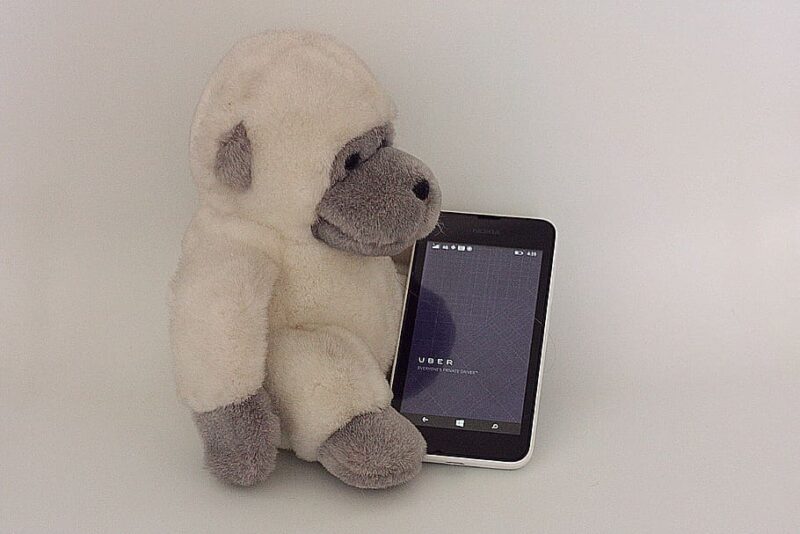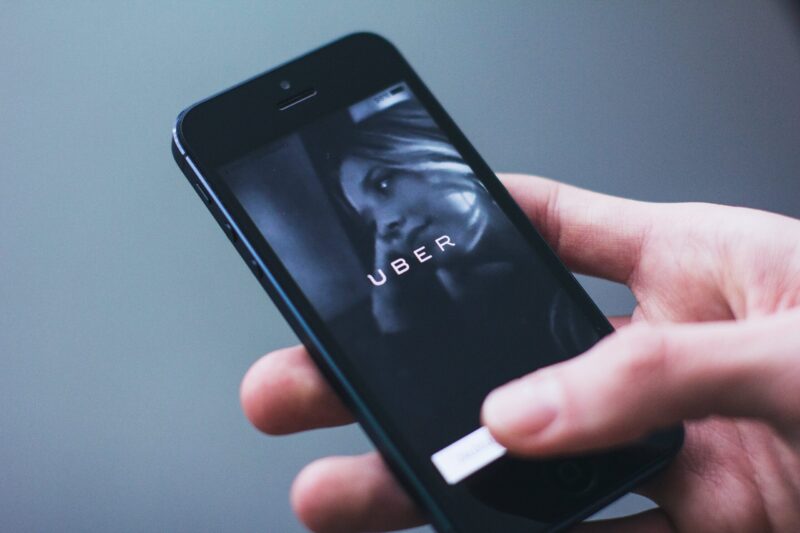Uber and other rideshare companies quickly became the preferred way for many people to travel, whether they live in urban areas, or are traveling and don’t want to rent a car or take a cab.
These companies offer simplicity and ease-of-use, as well as comparable affordability.
There have been some horror stories related to riding in Ubers and other rideshare vehicles, in terms of personal safety.
If you’ve ever wondered whether or not it’s safe to take an Uber, the following are key things to know and tips to protect yourself.
Few Driver Standards

According to Personal Injury Attorneys Jacoby & Meyers, one of the fears of some regarding Uber and similar companies is that there aren’t consistent standards as far as background checks for drivers. The New Jersey Transportation Committee recently introduced legislation that would set statewide standards for all Uber and Lyft drivers.
Under this legislation, there would be regulations, including required driver background checks. If a driver were convicted of certain offenses including sexual assault or reckless driving, they would be prohibited from being drivers of rideshare companies.
Beyond that, the legislation also calls for a requirement that drivers’ vehicles pass inspections, and they would have to show six years of records if subject to an investigation.
Other Risks

There are similar personal safety risks when you take a rideshare vehicle that you might face in other situations, such as going to a bar or walking somewhere alone.
Along with personal safety, there may be insurance risks.
For example, if your driver gets in an accident and you’re hurt as a passenger, there’s not a guarantee that either the ride-sharing service or the driver’s insurance will pay for the damages. Sometimes insurance companies will say in these instances that since the driver was driving for profit, they aren’t required to pay any medical bills.
There’s also a relatively new risk added to the mix—coronavirus.
Most parts of the country are starting to reopen, which means people may be once again using rideshare services. Some people might be using them even more than before if they’re unsure about taking public transportation.
These ride-hailing services could put you in close contact with someone who has coronavirus, and you might not realize it if they’re asymptomatic.
The virus can potentially live on surfaces as well, so if the driver doesn’t thoroughly sanitize the vehicle between passengers, there could be a risk to you.
Uber does require that passengers and drivers wear face coverings in the U.S.
Uber has made other changes as such. For example, they are making drivers taking a photo of themselves wearing a mask before they start work.

Uber has also said it will enforce recommendations from the CDC that passengers only sit in the backseat, and the number of passengers that can be in the vehicle is limited to three.
Passengers in rideshare vehicles are advised to make sure the air vents are set to fresh air rather than recirculation, and windows should be lowered. Drivers can’t help with the loading of baggage or possessions right now.
Passengers should also realize that cleaning cars is up to the individual drivers, so there might not be the same level of care across the board. If you’re concerned, it may be a good idea to take your own sanitizing wipes with you, and also use sanitizer right after you get out of the car.
Other risks may include:
- Fake drivers: This is a challenging issue with the growth of rideshare services, a University of South Carolina student was killed by the driver of a car she got in, thinking it was her Uber.
- Accidents: The risk of accidents was touched on, but when you’re in a rideshare vehicle, you are at the mercy of your driver. If they aren’t paying attention or are driving in a risky way, you are also in danger.
- Criminal drivers: This also was mentioned above briefly with the introduction of legislation in New Jersey. There are some drivers, even ones who go through background checks, who have a criminal history or criminal intent. There was an investigation by CNN in 2018 that found at least 103 Uber drivers in the past four years had been accused of abusing or sexually assaulting passengers, and at least 31 were convicted.
Other Uber Safety Tips

Some other things to keep in mind as far as being safe in a rideshare situation include:
- Wait for rides in a safe place. If possible to stay inside until you’re sure the car is there, that’s best.
- When you get into a car, ask the driver what your name is. Your driver should know your name and where you’re going, and if they can’t tell you those things, then they may be a fake driver.
- Take the time to ensure the car and driver match what’s in your app. Look at the make and model of the car as well as the license plate.
- There is a feature in the Uber app, as well as in the Lyft app, that will let you share your trip with people. You can hit “share trip status” in Uber or “share route in Lyft.” Then, the people you share this information with will know where you are in real-time. If you’re tracking your trip, let your driver know. If you’re not comfortable telling them directly, make a phone call to someone when you get in, letting them know you’re sharing your trip and when you expect to arrive at your destination.
- There are apps that can help increase your personal safety. For example, there are apps that let you turn your phone into a security camera, an alarm, and they will provide easy dialing of 911.
Overall, it wouldn’t be appropriate to make a sweeping statement that ridesharing services aren’t safe, but as with anything, you need to be vigilant when using these services. There are risks to be aware of, and ways you can minimize those risks.


